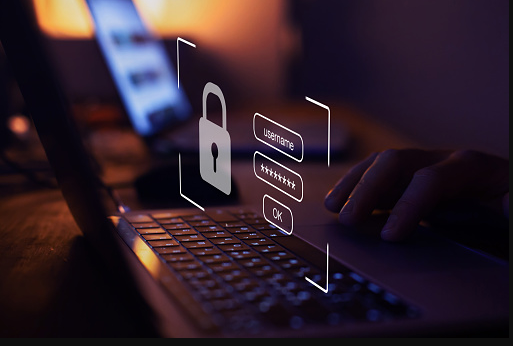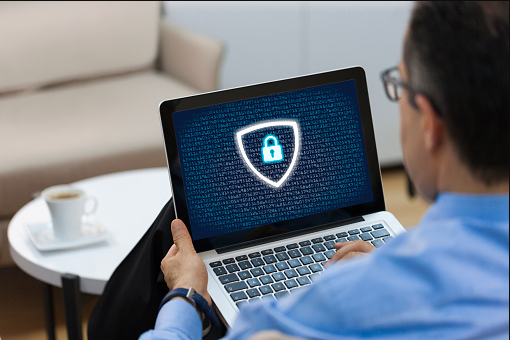This article covers the primary concepts in the password methods, the process or procedure involved in the same, and the various types of passwords available. It also covers the different parts aiding you in getting the proper guide to receiving password protection. You may also get a grasp of many concepts like a random password generator and an online password generator.

Passwords are your computer's and personal information's first line of defense against unwanted access. Your computer will be safer from hackers and bad malware if you use a strong password. For all accounts on your computer, you should use strong passwords.
Important Tips to be Followed With a Password Generator
Here are some helpful hints for building strong passwords and securing your data.
- For each of your critical accounts, use a different password (i.e. email and online banking).
- Use different passwords for different accounts.
- The length of your password should be at least 8 characters.
- Lowercase and uppercase letters, numerals, and symbols should all be included in the password.
- If properly created, a long password will provide more protection than a short password.
- When creating your password, avoid using personal information such as your name, age, date of birth, child's name, pet's name, or favorite color/song.
- Consecutive keyboard combinations should be avoided (i.e. qwerty or asdfg).
- While entering your password, look around to be sure no one is observing. If someone is staring at you, respectfully request that they do so.
- If you leave your device for the day, always log off/sign out - it only takes a few seconds and will help ensure that no one accesses your system for harmful purposes.
- Entering passwords on computers you don't own is a bad idea since malicious software could be installed on them to steal your password.
- When using insecure Wi-Fi networks, avoid entering passwords. Hackers can intercept your credentials and data through unsecured connections.
- Never divulge your password to a third party.
- Change your passwords regularly and avoid using the same password several times.
- Never scribble your passwords on a sticky piece of paper and hide them under your desk or phone. It will be discovered by someone.
- When your browser asks if you want it to remember your passwords, always choose "never."
Types of Passwords
The primary types of passwords are as follows.
• CMOS/BIOS
These are the PWDs, which are typically saved in a CMOS battery (complementary metal-oxide-semiconductor), which is a small circular-shaped cell that stores passwords, dates, and times, as well as other data contained in the CMOS utility program.
To access the bios software, users must typically enter a key from the keyboard. The bios program has all of the tools necessary to adjust the system setup to meet our needs.
There are functions in the BIOS utility application that allow you to add a password to the computer system, adjust the machine's boot order, select boot devices, and so on.
To protect your important information from unauthorized access and enable the system to perform to its full potential, you must generate a CMOS or bios password.
• Administrative Password (Operating System PWD)

These passwords are saved in computer memory, which is hard disc drives, to prevent unauthorized users from accessing them. This password is typically used to prevent the operating system from loading completely unless the correct secret key is entered.
You will not be able to access the computer system, whether it is a host or a computer network if you do not have the correct password or secret key. This PWD protects all of your sensitive data stored on your computer hard disc, like credit card numbers, personal information you don't want to disclose with others, personal images, and so on.
• Web Passwords
When working online, a web password is utilized. For example, before using any email program, you must first register on the website or application and enter your credentials, such as your name, last name, desired username, and password. Your online identity is represented by these usernames and passwords.
Almost every program nowadays requires registration to verify that the person using the software or application is a real person. Some software developers have created robotics programs that have flooded their platforms with phony accounts and have been detected engaging in illicit actions while using their services.
Conclusion
Password generation and protection are not easy. You should always have a great idea about such functions and should be capable of approaching password features with a smart brain. The thought process that goes into the realm of factors like a random password generator and an online password generator is not to be underestimated. You should always give extra care and attention to the general norms, guidelines, policies, and regulations governing password & protection domains.

